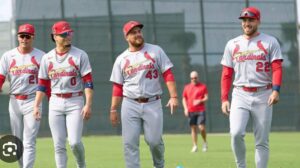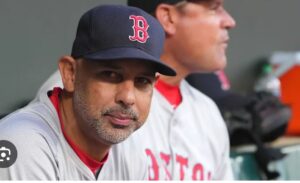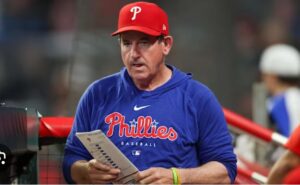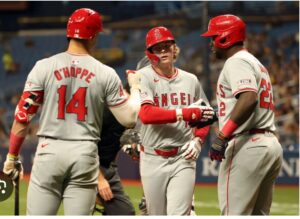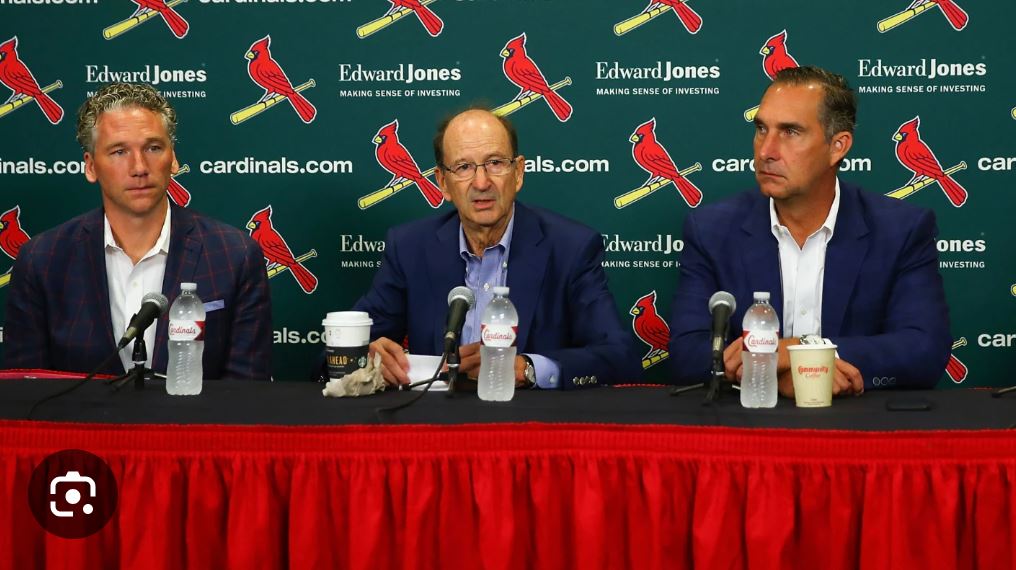
Once again, the Tampa Bay Rays are zagging while the rest of the league is zigging.
The St. Louis Cardinals and the Tampa Bay Rays recently faced off on the field, and the Cardinals won the series. While the Cardinals may have won the battle, the Rays organization is clearly winning the war.
For years, the Tampa Bay Rays have fought in the grueling American League East despite having one of the league’s lowest payrolls. Meanwhile, the Cardinals have struggled to win the weaker National League Central for several years, while possessing one of baseball’s top-12 payrolls.
The Rays’ treasures trace back to January 2020, when the Cardinals traded postseason sensation Randy Arozarena to the Rays for former top prospect Matthew Liberatore. Libby has come into his own this year, while Arozarena has struggled to get going, but the Rays have definitely benefited from this move over the prior three years.
The Cardinals-Rays rivalry grew deeper this past deadline when St. Louis acquired Shawn Armstrong, a reliever on an expiring contract who was having a bad year this year. In exchange, the Rays obtained outfielder Dylan Carlson, a former top-13 prospect in baseball looking for a change of scenery.
Erik Neander, the Rays’ head of baseball operations, recently appeared on MLB Now to explain his team’s strategy to the season this year. Three significant things stand out: Dylan Carlson’s increased success, the Rays’ decision to sell despite still being in contention, and the benching of a crucial player due to a lack of effort. You will discover that the Cardinals can readily relate to all three points.
Since joining the Rays, Dylan Carlson has hit.293/.383/.537 for a 161 OPS+. He has three home runs in only 14 games; he did not hit a home run with the Cardinals in 59 games this season. Neander mentioned Carlson on MLB Now, stating, “He’s been amazing. At 25 years old, there was a lot of discussion about the possible benefits of a fresh start. That was one of the reasons we brought him here. Dylan Carlson has benefited greatly from his new surroundings.
The Rays also varied from the Cardinals during the trade deadline, despite being in virtually identical places. On July 30th, the trade deadline, the Cardinals and Rays had matching records of 55-52. Neither team was in the postseason picture at the time. However, the Tampa Bay Rays decided to take advantage of the sellers’ market, whilst the Cardinals decided to be buyers and make a playoff push.
I’m not complaining about the Cardinals’ playoff drive, but arguably the most practical course of action would have been to emulate what the Rays were doing at the time. Neander told MLB Now that it was a difficult decision to move key players at the deadline. He indicated that the goal was to remain competitive, particularly in 2025, and the choices Neander and his team took at the deadline positioned them perfectly for future success.
/cdn.vox-cdn.com/uploads/chorus_image/image/70697358/usa_today_17998688.0.jpg)
Finally, Tampa Bay Rays manager Kevin Cash benched outfielder Jose Siri for the weekend series against the Arizona Diamondbacks after Siri showed a lack of effort on a double play ball against the Astros the previous series.
According to Neander, Cash, not the front office, is responsible for the daily lineup. Neander also expressed complete trust in his manager. His reaction to Siri’s benching contrasts sharply with John Mozeliak’s reaction last year, when Tyler O’Neill failed to make an attempt while nearing third base.
“There was a play the other day where (T.J.) Walz was running on the play to second, beat it out, and Jose went down the line in a way that he himself would be the first one to say that’s not acceptable. Jose is a great man; he cares. Just that moment got him.”
Last year, Mozeliak tried a different strategy. Rather than defending and complementing his player, Mozeliak buried him by claiming that the Cardinals play baseball “the right way” and that O’Neill failed to reach their standards.
John Mozeliak and the Cardinals’ front office may learn from the Tampa Bay Rays’ management. If the organization wants to see long-term success, perhaps the Rays can provide a roadmap.
